
Vitamin B6 is a water-soluble vitamin that is essential for extracting energy from food. The reason why you have to be cognizant of eating foods high in vitamin B6 is that vitamin B6 is not stored by the body. This means that vitamin B6 has to be consumed daily, in order to avoid a vitamin B6 deficiency.
Vitamin B6 helps your body break down proteins. In a healthy, balanced diet, it’s important to eat lots of protein. When you work out regularly, protein is what helps repair muscles and allows muscles to grow bigger and stronger. That’s why so many fitness enthusiasts eat a lot of protein.
The more protein you eat, however, the more vitamin B6 you need. In addition to helping your body use and store energy from protein and carbohydrates, vitamin B6 also helps your body form haemoglobin. Haemoglobin is the substance in red blood cells that carries oxygen around the body. This is important since proper oxygen supply delivered to your body and brain is crucial for optimal health.
It’s best for your health to consume foods high in vitamin B6 because this vitamin plays an important role in over 100 functions of the human body. It’s needed for not only converting food into energy, but B6 is also important for cell production. Cell production is crucial for a healthy immune system. Vitamin B6 even helps neurotransmitters deliver information between your brain and body. This essential vitamin helps with the production of serotonin and norepinephrine. Vitamin B6 deficiencies can lead to a variety of health conditions, which we’ll explain below.
What Happens if You Become Deficient in Vitamin B6?
Not getting enough vitamin B6 can lead to depression, anaemia, and a weak immune system. It can also cause dry, scaly lips and cracked skin at the corners of your mouth, not to mention uncomfortable skin rashes.
When you don’t get enough vitamin B6, you’re also increasing your risk of heart attack and strokes. Why? Because vitamin B6 is needed to metabolise fat and reduces the risk of heart conditions.
Although a vitamin B6 deficiency is a more rare deficiency than other more common deficiencies such as vitamin D deficiency, it still happens. Some people have specific gene mutations that influence the level of vitamin B6 in their blood, and their ability to absorb this vitamin.
You should consume 10-25mg of vitamin B6 per day. Do not exceed 100mg per day.
If you find out through CircleDNA testing that you’re genetically inclined to have higher needs of vitamin B6 and are at risk for a deficiency, what should you do? Consider vitamin B6 supplements, and start adding foods high in vitamin B6 to your grocery list, ASAP.
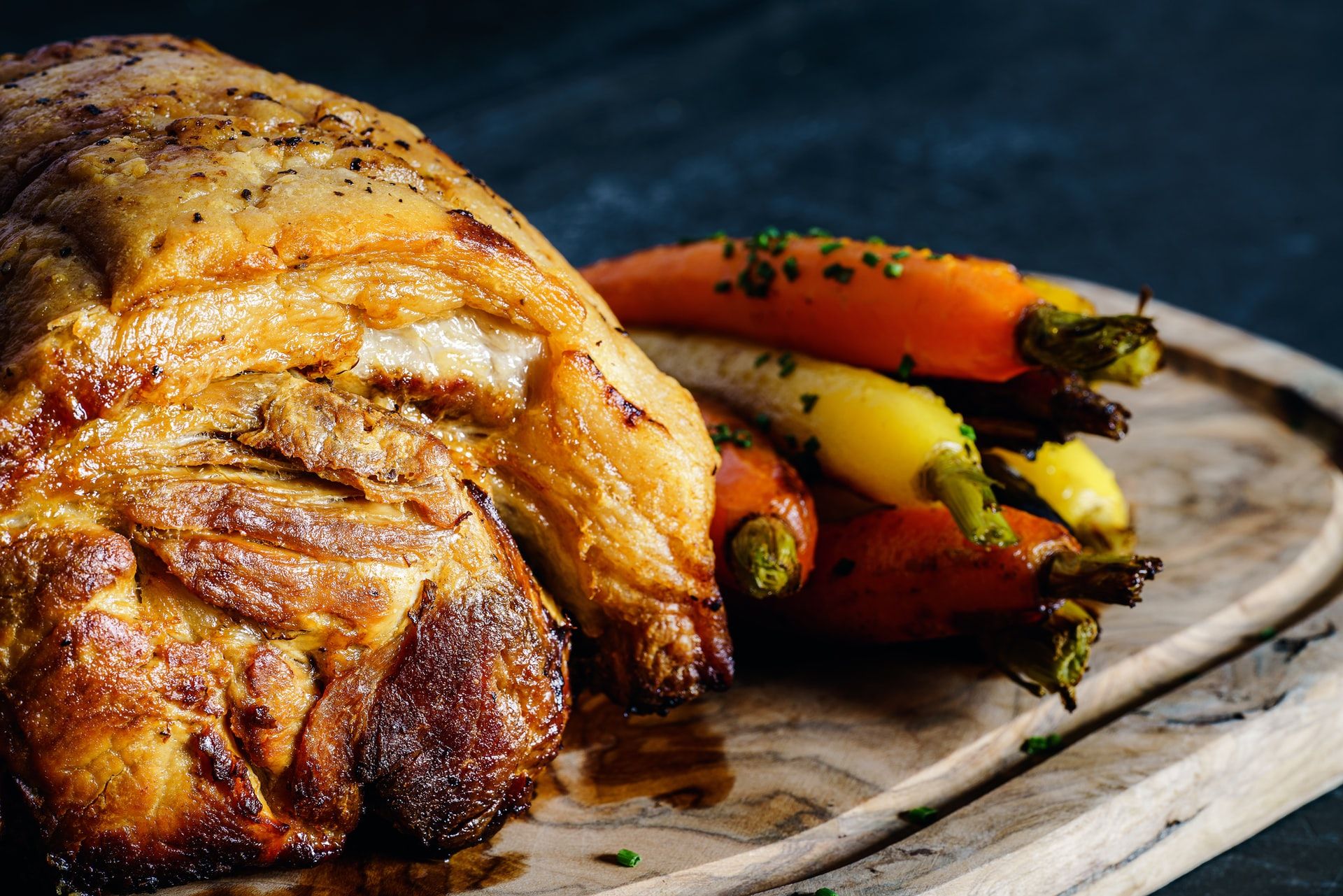
Foods High in Vitamin B6
If your body needs more vitamin B6, there are many foods you should start eating to raise your daily intake to the recommended 10-25mg per day. Below is a list of foods high in vitamin B6 that you should start consuming more regularly:
Tuna
Very high concentrations of vitamin B6 can be found in tuna, especially in yellowfin and albacore tuna. You’ll find the most vitamin B6 in tuna steak rather than canned tuna, although canned tuna still contains a decent amount of B6.
It’s easy to make an open-faced tuna melt sandwich for lunch, or you can have tuna steak as an entree for dinner.
3 ounces of cooked yellowfin tuna, for example, supplies your body with 53% of the daily recommended intake of vitamin B6. Eating 3 ounces of cooked salmon isn’t bad either, since that would be 35% of your daily recommended intake of B6.
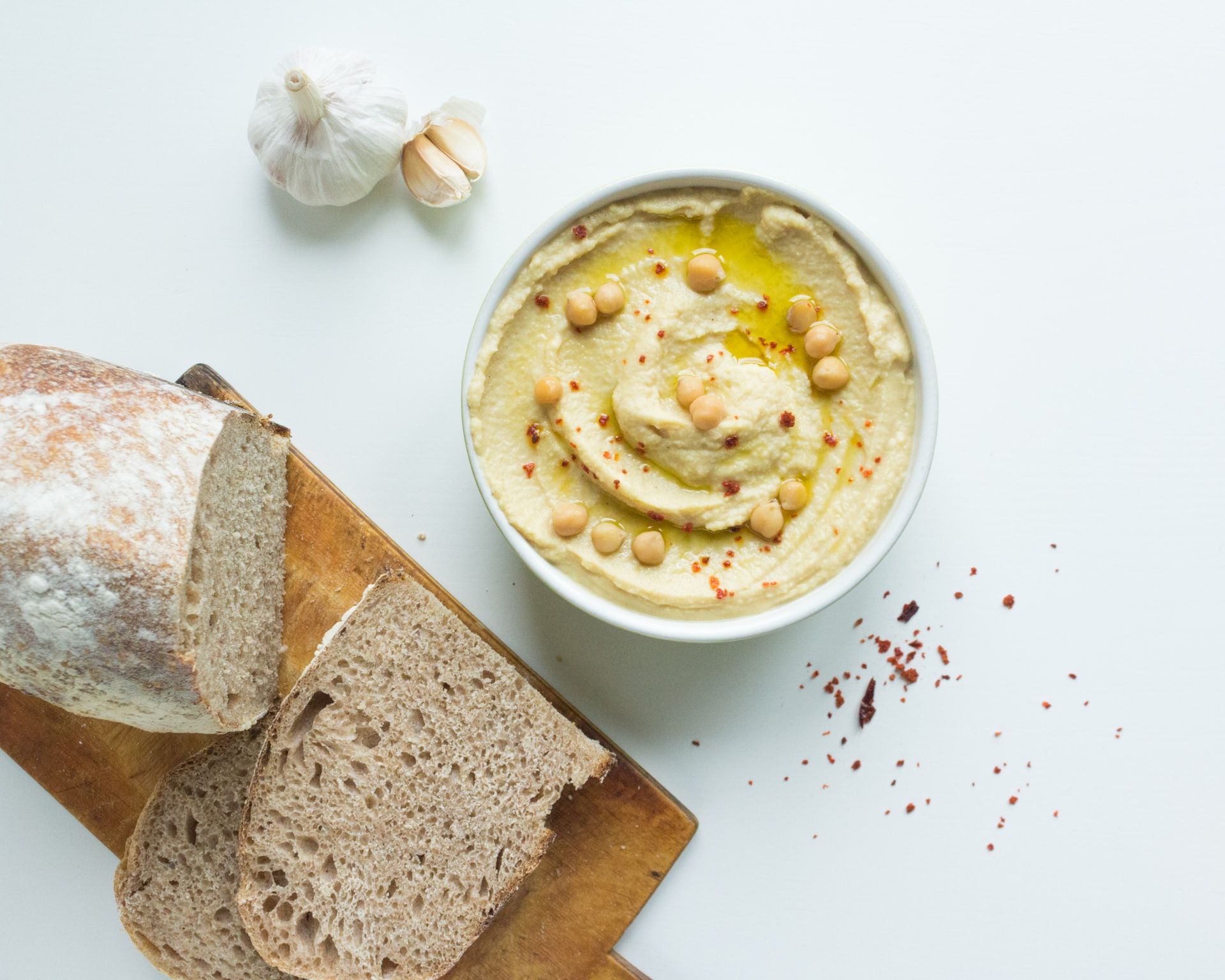
Chickpeas
Chickpeas and other legumes will supply your body with a significant amount of vitamin B6. You can enjoy chickpeas in the form of hummus, or add some canned chickpeas to your salads. Dried and flavored chickpeas are also available at many grocery stores, and can be enjoyed as an alternative to eating chips.
One cup of canned chickpeas provides you with a whopping 65% of your daily recommended intake of vitamin B6.
Milk
One cup of cow or goat’s milk provides 5% of the recommended daily intake of vitamin B6. Milk also provides you with vitamin B12 and calcium. You can have milk in cereal or oatmeal, or just drink a glass of milk daily.
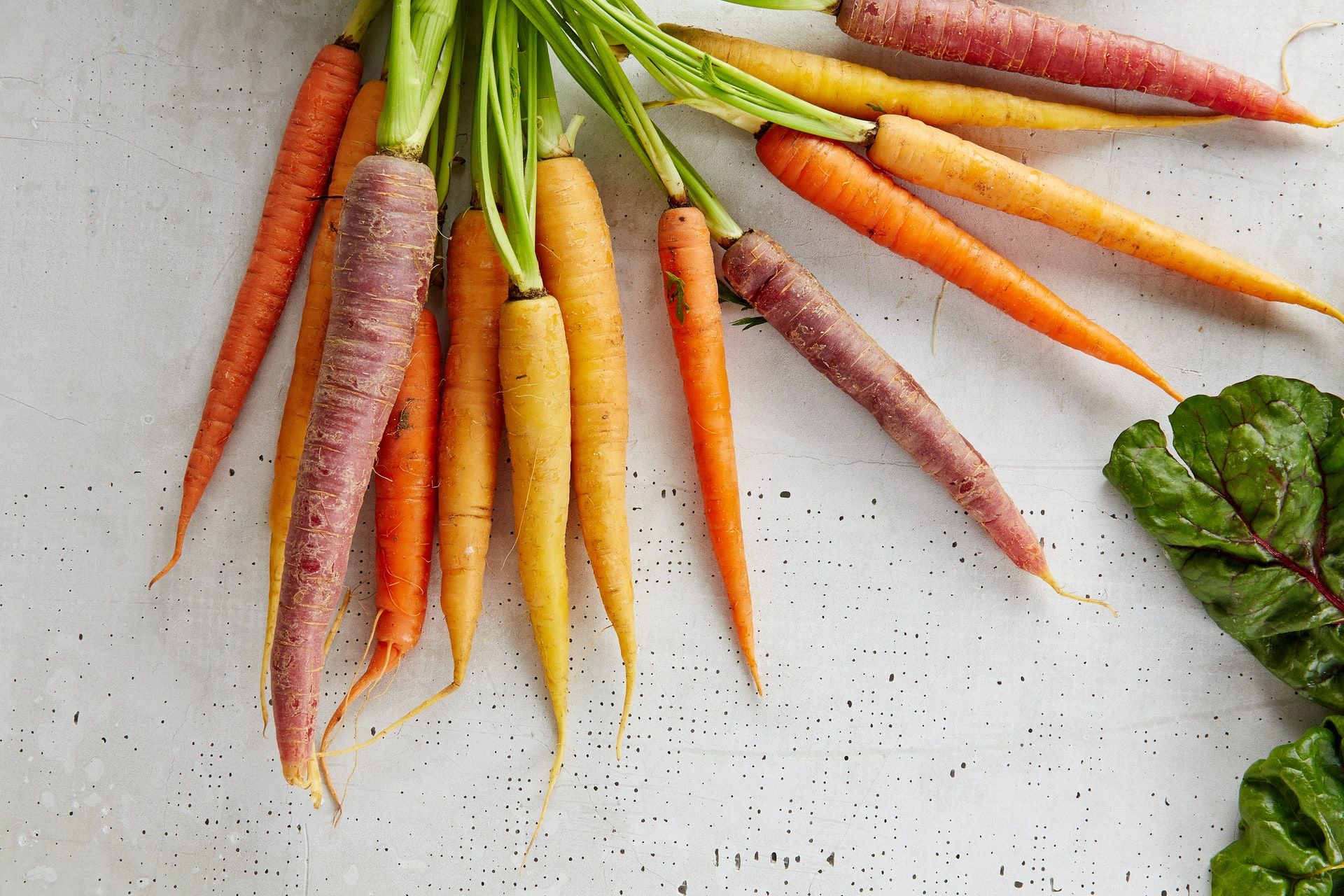
Carrots
Did you know that one medium-sized carrot provides your body with as much vitamin B6 as a glass of milk? This means that just one carrot provides you with 5% of your recommended daily intake of vitamin B6. One cup of chopped carrots provides you with about 10% of your recommended daily intake. Eating carrots is also a great way to get your vitamin A and your fiber.
Many people eat carrots raw, dipping them in something like hummus for a snack rich in vitamin B6. Carrots are especially delicious when they’re cooked, roasted in the oven so they become softer and sweeter. Roasted carrots are a popular side to any protein-based entree, and raw carrots are fantastic in salads.
Avocado
In addition to being one of the foods high in vitamin B6, avocados are also a great source of fiber and healthy fats. Avocados are an affordable, easy and convenient addition to your shopping list, and can be eaten in many ways. From delicious guacamole or avocado toast, to sliced avocados in salads or blended into a smoothie, you’ll find many ways to enjoy eating avocados.
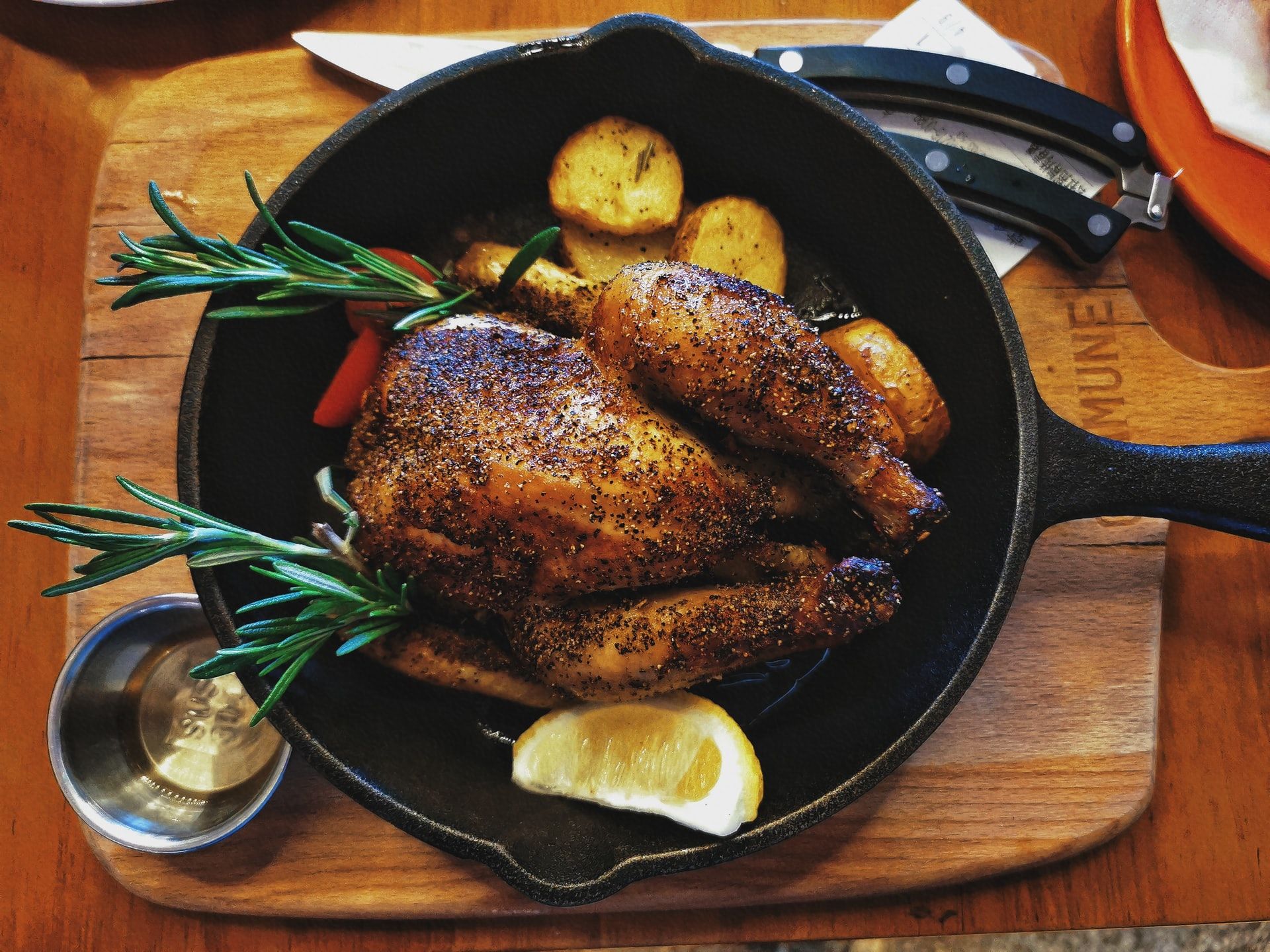
Chicken
Chicken is a fantastic source of vitamin B6, as well as vitamin B12 and vitamin A. You’ll also be getting a good source of protein when you eat chicken. You can add chicken to stir-frys and quesadillas, or simply marinate chicken breast before you cook it, and eat it with a side of grilled veggies.
Bananas
Bananas are one of the most convenient ways to get your vitamin B6. Available at many gas stations, coffee shops and convenience stores in addition to grocery stores, bananas are easy to find and a simple way to get some essential vitamins in your system. One medium-sized banana can provide up to 33% of your daily recommended intake of vitamin B6.
Sunflower Seeds
In 1 ounce (which is 30 grams or 1/4 cup) of dry-roasted sunflower seeds, you’ll be getting about 11% of your daily recommended intake of vitamin B6. Sunflower seeds are one of the foods rich in vitamin B6 that are easy to eat as a snack when you’re on-the-go. You can add them to trail mix or eat them as a snack on their own.
Spinach
Not only is spinach one of the foods high in vitamin B6, but it also contains iron, vitamin C and vitamin A. Many people enjoy spinach in their omelets, salads, pasta dishes and in a stir-fry. Since spinach is high in fiber, eating it will help you feel fuller for longer.
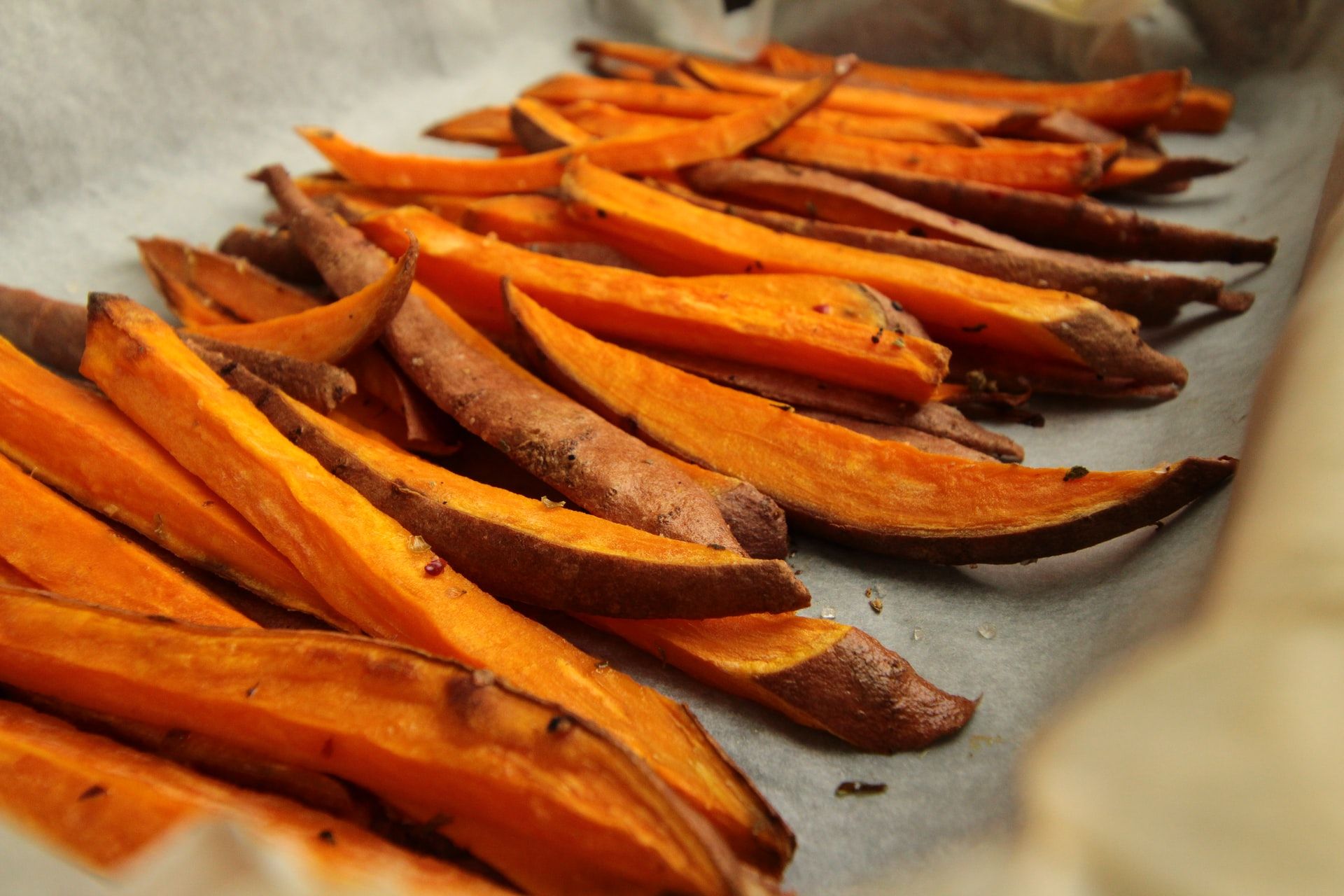
Sweet Potato
One regular-sized sweet potato provides you with approximately 15% of the recommended daily intake of vitamin B6. Sweet potatoes also contain magnesium, fibre, and vitamin A. You can make your own sweet potato fries at home, or use roasted sweet potatoes as a side dish at dinner.
What Vitamins Do You Need More Of?
Did you know that a DNA test can help you determine which vitamins and minerals you might have a higher need of? Genetic dietary profiles can help you figure out your optimal diet type that suits your individual needs.






Comments are closed.